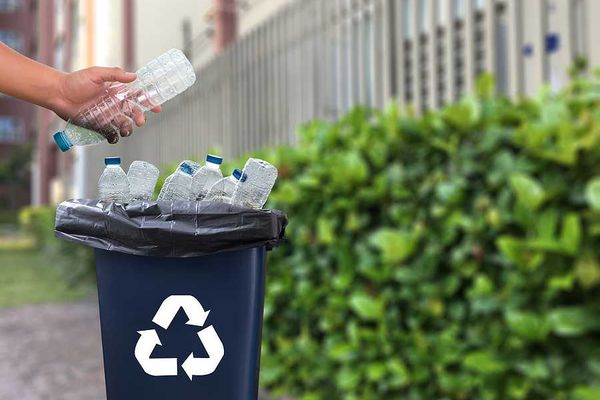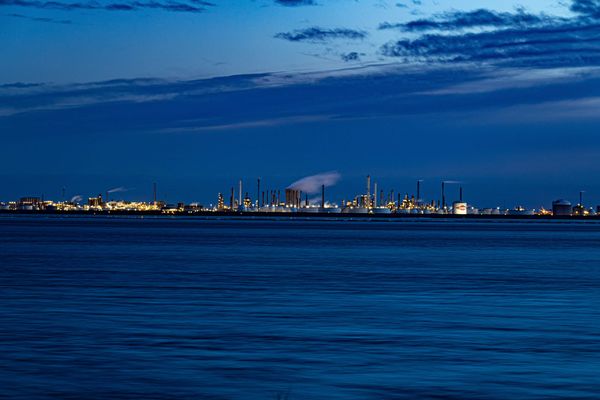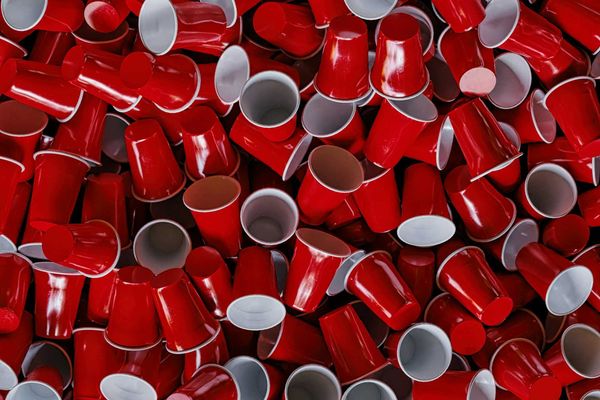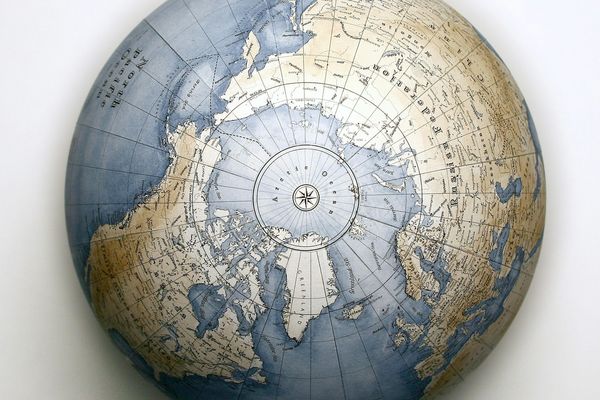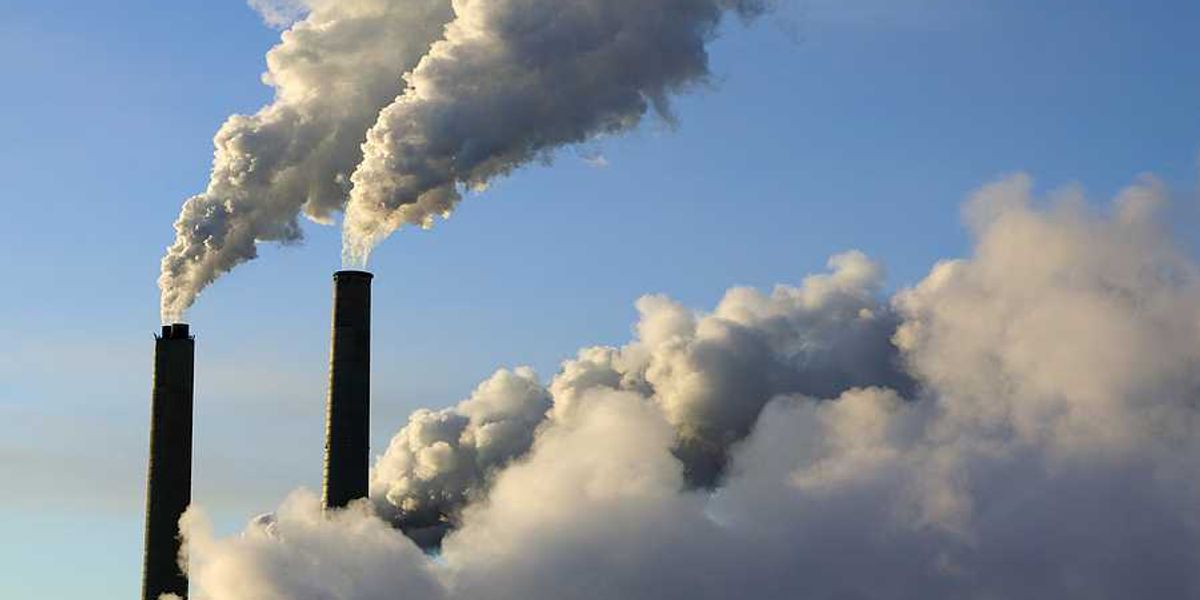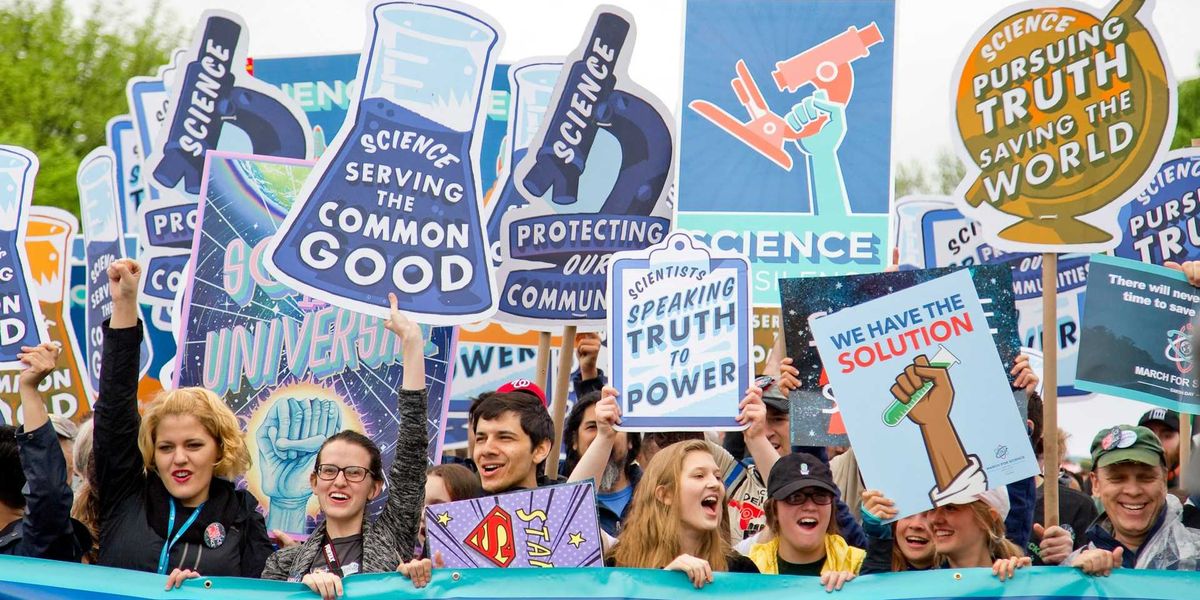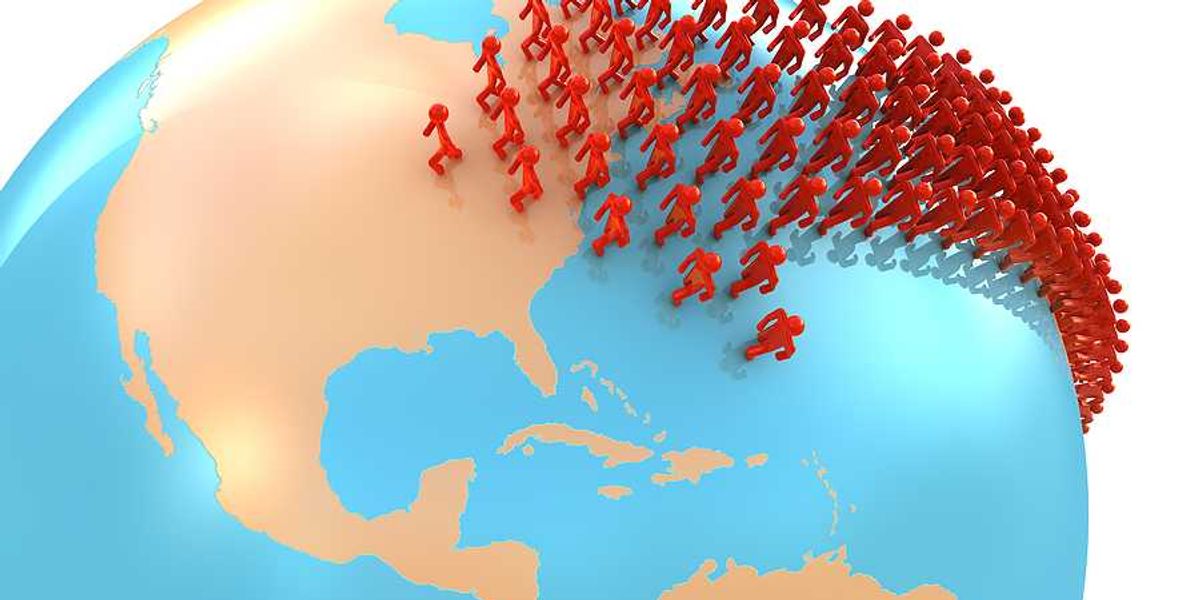plastic pollution
Heavy rains and poor waste systems drive microplastics into India’s urban lakes
Researchers warn that India’s urban freshwater bodies are becoming increasingly toxic due to unmanaged plastic waste and intensifying weather patterns.
Opinion: It’s time we confront the ugly truth about plastic recycling
Recycling doesn’t address any of plastic’s human and environmental impacts. It’s essentially another form of plastic production, one that usually hurts low-income communities.
Exxon steps back from Texas Gulf Coast plastics plant
Exxon Mobil will postpone its plans for a large new plastics production plant on the Gulf Coast of Texas, according to the company. Construction was initially planned to begin next year on the $10 billion facility in rural Calhoun County.
PlasticFree opens access to global materials database during Climate Week NYC
PlasticFree has opened access to its entire global materials database so that it is freely accessible to designers, brands, and businesses looking to move away from plastic-related materials.
Here's what happens when 'compostable' products become litter
She changes diapers. Into climate-friendly biochar
Carrie Pollak’s company Diaper Stork is tackling the mountain of disposable diaper waste by transforming compostable versions into biochar, a climate-friendly material that can improve soils, filter water and cut methane emissions.






